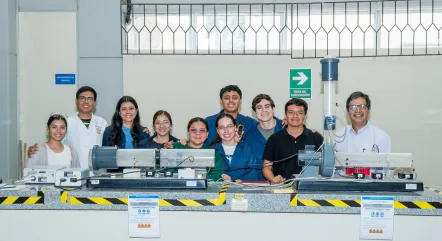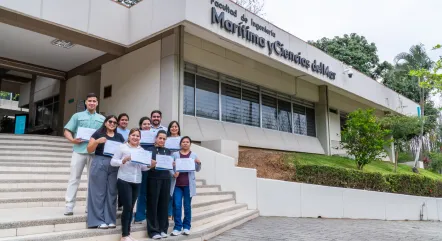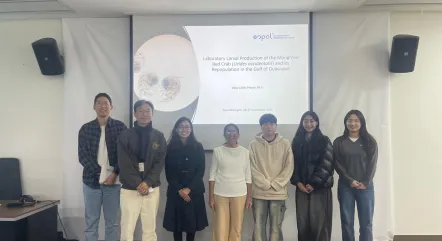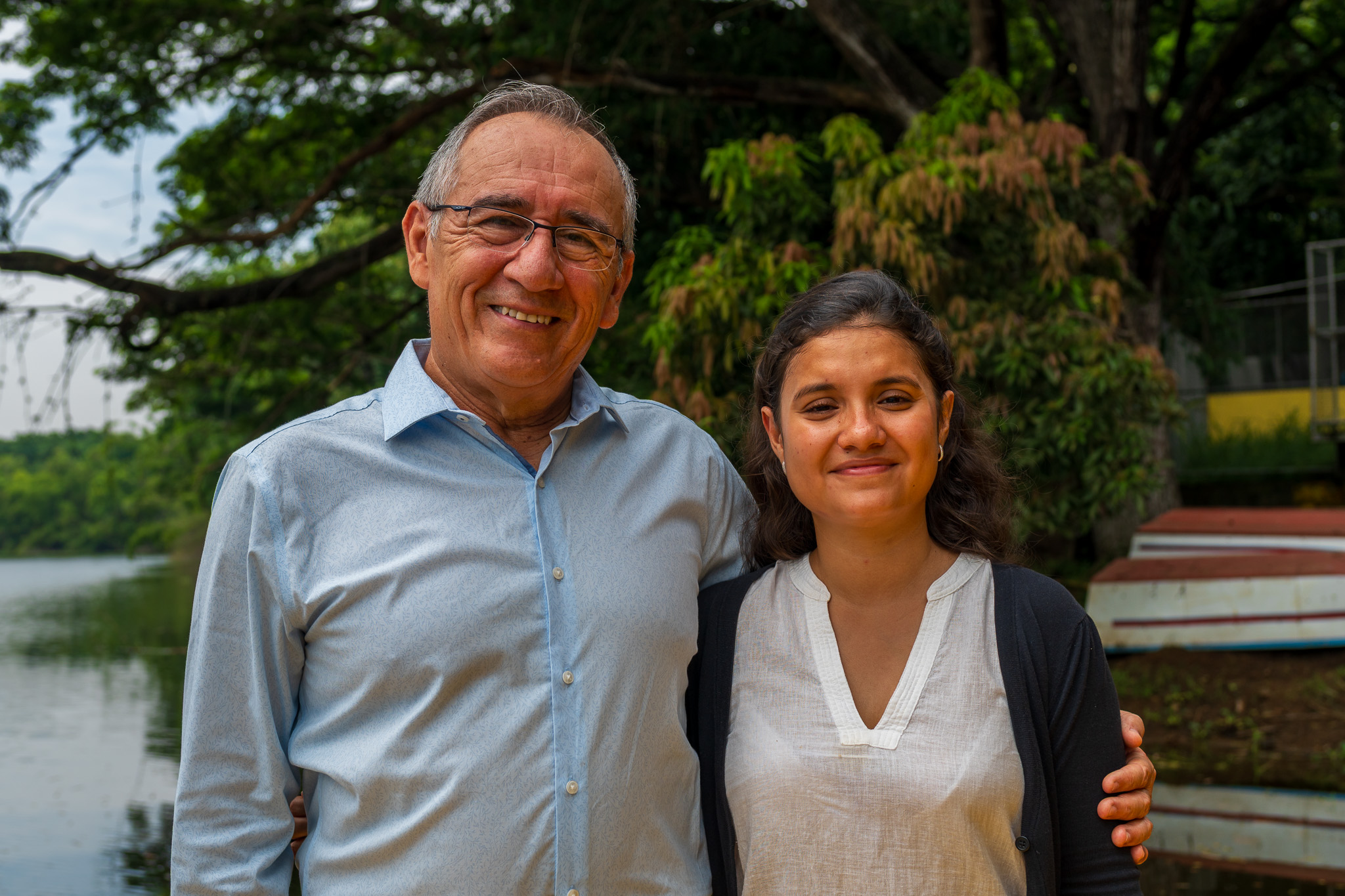
A recent investigation conducted by scientists from the Escuela Superior Politécnica del Litoral (ESPOL) and the University of Southampton revealed the worrying accumulation of heavy metals - arsenic, cadmium, lead and mercury - in the sediments of the Salado estuary, especially in its urban section.
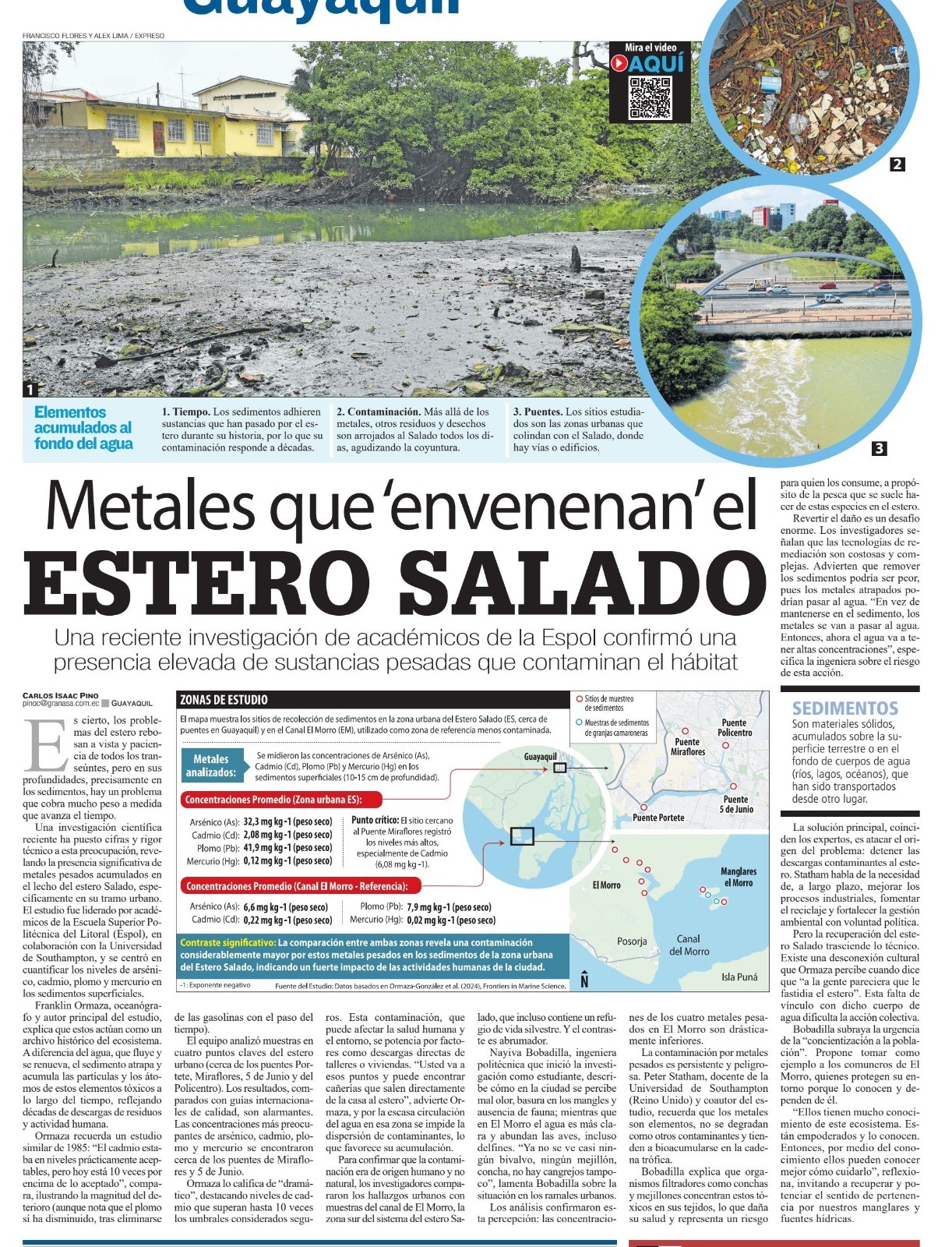
The study, led by oceanographer Franklin Ormaza, shows that the sediments act as a historical archive of the ecosystem, accumulating toxic waste for decades. Analyses at critical points such as the Miraflores and 5 de Junio bridges show alarming levels, in some cases up to 10 times higher than international environmental quality standards.

The situation is critical: contamination not only damages the ecosystem, but also endangers human health through the bioaccumulation of toxins in marine species consumed by the population.
Comparisons with the El Morro area, where the water is clear, fauna abounds and pollution levels are minimal, show that the deterioration is a direct consequence of uncontrolled urban activity.
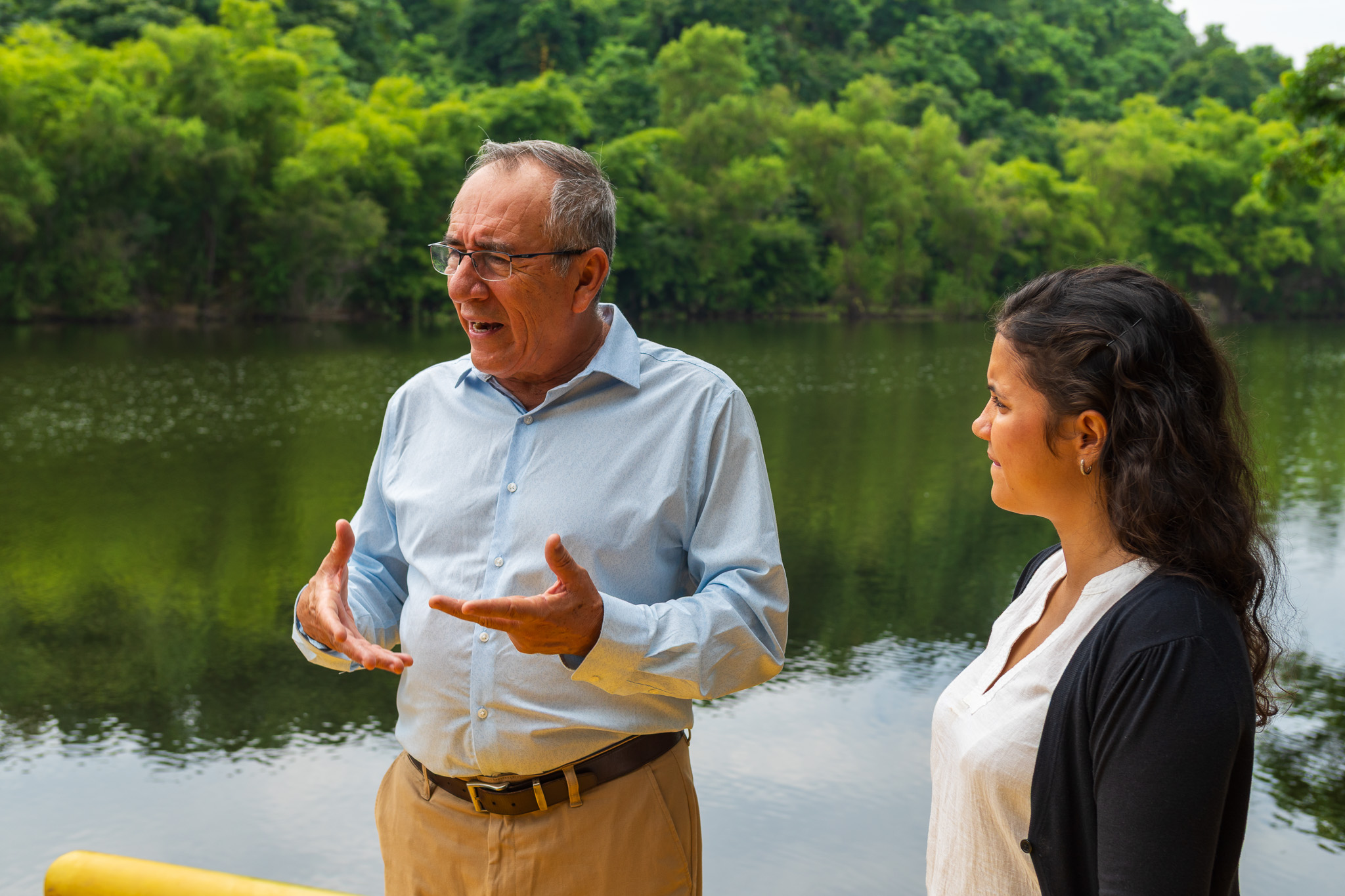
Although reversing the damage is complex and costly, researchers agree that the most effective solution is to stop the current sources of pollution, promote responsible practices, and strengthen long-term environmental management.
Recovering the Salado estuary also requires a cultural change: fostering a sense of ownership and awareness of the importance of protecting our ecosystems. As a community, we have the opportunity and responsibility to act now.
🔗 Watch the full interview here: https://www.youtube.com/watch?v=AH6p6XA0PwE
📰 Read the full article in El Expreso: Access here.
🗞️ See also the publication in Diario Extra: Access here

